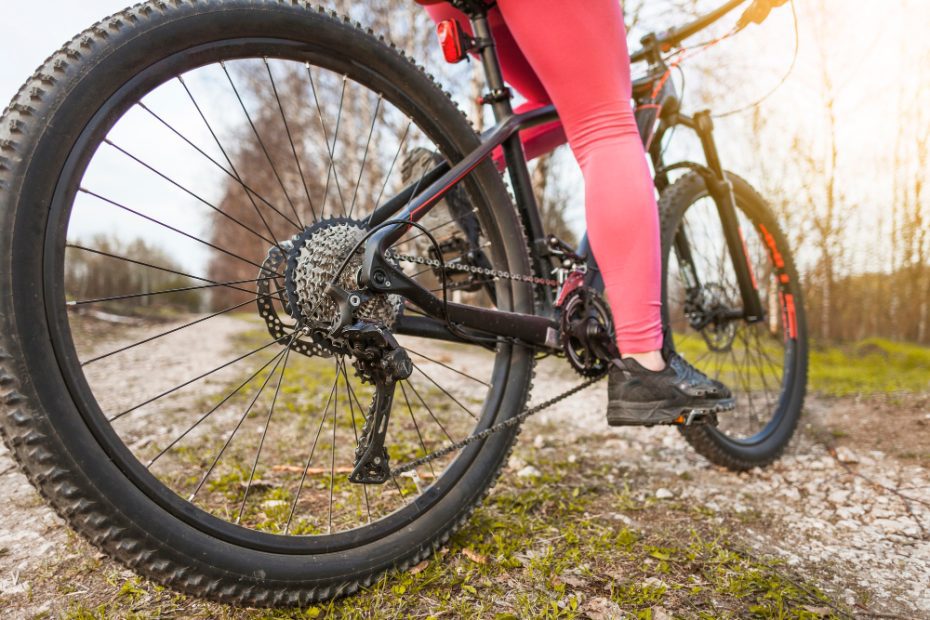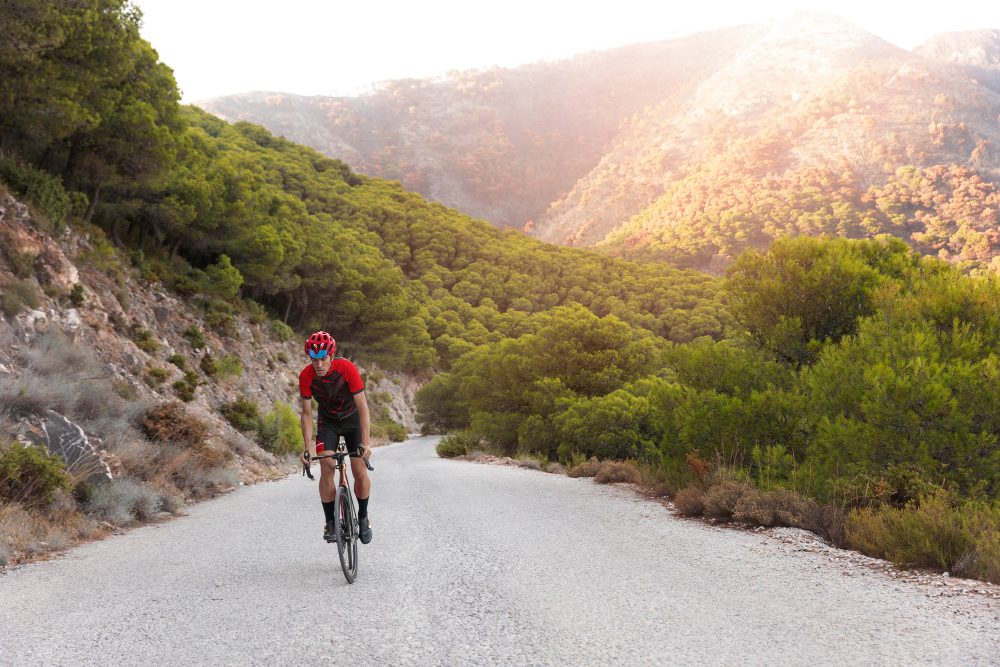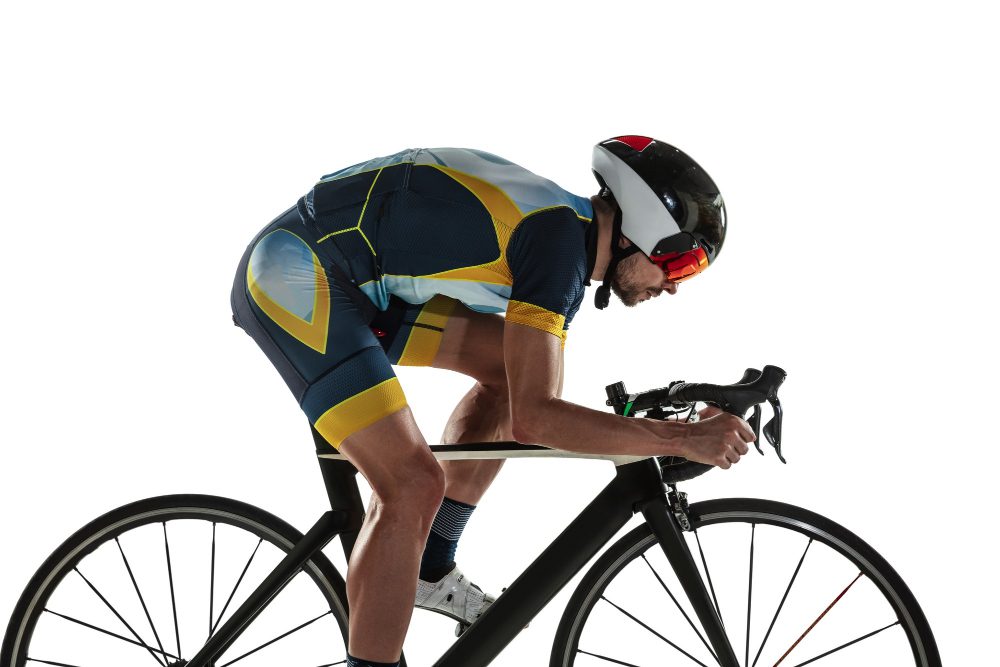Why do cyclists have a high VO2 max?
Introduction
Cyclists are known for their exceptional cardiovascular fitness and high VO2 max. VO2 max, or maximal oxygen uptake, is a measure of how efficiently the body can use oxygen during exercise. It is often considered the gold standard for assessing an individual’s aerobic capacity. While many factors contribute to VO2 max, several key reasons explain why cyclists typically have higher values compared to other athletes.
The Role of Training
One of the primary reasons why cyclists have a high VO2 max is the rigorous training they undergo. Cycling, being an endurance sport, demands extensive aerobic training to build up stamina and improve oxygen utilization. This consistent training over a prolonged period allows the body to adapt and enhance its ability to deliver oxygen to the muscles.
Research has shown that endurance training can significantly increase VO2 max in cyclists. The repetitive nature of cycling not only strengthens the leg muscles but also improves the efficiency of the cardiovascular system. As a result, cyclists can extract more oxygen from each breath and transport it more effectively to the working muscles.
Genetic Predisposition
While training plays a crucial role, genetic factors also contribute to a cyclist’s high VO2 max. Some individuals have a naturally higher potential for aerobic performance due to genetic variations. These genetic traits can influence factors such as lung capacity, heart size, and the efficiency of oxygen uptake by the muscles.
“Genes can certainly impact the upper limit of an individual’s VO2 max,” says Dr. Jane Collins, a sports scientist at the University of London. “However, it’s important to note that even those without a genetic advantage can still achieve significant improvements with proper training.”
Efficient Pedaling Technique
Cyclists’ pedaling technique also plays a role in their high VO2 max. Skilled cyclists have mastered the art of pedaling efficiently, minimizing energy wastage and maximizing power output. By applying force smoothly and consistently throughout each revolution of the pedals, cyclists can maintain a steady cadence and optimize their oxygen consumption.
Differences in Body Composition
Cyclists tend to have lower body fat percentages compared to athletes in other sports. Reduced body fat means less extra weight to carry during the race, making cycling more energy-efficient and allowing better oxygen utilization. Additionally, cyclists often have well-developed leg muscles, which are crucial for generating power and endurance.
The Impact of Altitude Training
Altitude training is another component that contributes to a cyclist’s high VO2 max. Training at high altitudes exposes the body to reduced oxygen levels, forcing it to adapt and become more efficient in oxygen utilization. Many professional cyclists incorporate altitude training camps into their preparation for important races. These camps enhance oxygen-carrying capacity and stimulate physiological adaptations that result in increased VO2 max.
| Training Method | Description |
|---|---|
| Interval Training | A method that alternates between high-intensity efforts and recovery periods. It helps improve cardiovascular fitness and VO2 max. |
| Hill Repeats | Repeatedly climbing hills to develop leg strength and increase aerobic capacity. |
| Long Endurance Rides | Extended rides at lower intensity levels to build endurance and improve oxygen transport. |
What is a good cycling VO2 max by age?
A cyclist’s VO2 max, or maximum oxygen uptake, is a measure of their cardiovascular fitness and endurance. It indicates the maximum amount of oxygen a person can use during intense exercise and is often used as an indicator of an individual’s aerobic capacity.
Understanding VO2 max
VO2 max values can vary depending on factors such as age, gender, genetics, and training level. As individuals age, their VO2 max tends to decrease due to physiological changes in the body, such as a decrease in muscle mass and lung capacity.
Age-related benchmarks
Here are some general benchmarks for good cycling VO2 max values by age:
20-29 years: A good VO2 max for male cyclists in this age range is around 45-55 mL/kg/min, while for females it’s around 38-46 mL/kg/min.
30-39 years: Male cyclists should aim for a VO2 max of 42-52 mL/kg/min, while female cyclists can target 35-44 mL/kg/min.
40-49 years: A good VO2 max for male cyclists in this age bracket is 39-48 mL/kg/min, whereas for females it’s 33-42 mL/kg/min.
50-59 years: Male cyclists may consider a VO2 max of 36-45 mL/kg/min as good, while female cyclists can aim for 30-38 mL/kg/min.
60+ years: For males aged 60 and above, a VO2 max of 33-40 mL/kg/min is considered good, whereas for females it’s around 27-35 mL/kg/min.
Factors influencing VO2 max
It’s important to note that VO2 max can vary significantly even within the same age group. Factors such as genetics, training history, and overall health can impact an individual’s VO2 max. Regular cardiovascular exercise, such as cycling, along with proper nutrition and rest, can help improve VO2 max regardless of age.
Is Garmin VO2 max accurate?
What is VO2 max?
VO2 max is a measure of the maximum amount of oxygen that an individual can utilize during intense exercise. It is often used as an indicator of cardiovascular fitness and endurance capacity.
How does Garmin estimate VO2 max?
Garmin, a leading manufacturer of GPS-enabled fitness devices, uses a combination of heart rate data, speed, elevation, and other factors to estimate VO2 max. This estimation is based on algorithms developed by Garmin using scientific research and user data.
The accuracy of Garmin VO2 max estimation
The accuracy of Garmin’s VO2 max estimation has been a topic of debate among athletes and researchers. While Garmin’s estimation methods are based on scientific principles, several factors can affect the accuracy of the results.
Firstly, Garmin’s estimation relies on accurate data input, such as heart rate measurements and individualized settings. Any discrepancies in these inputs can lead to inaccurate results.
Secondly, Garmin’s algorithms may not be able to account for certain variables specific to each individual, such as genetic factors or training history. These variations can influence the accuracy of the VO2 max estimation.
Factors influencing accuracy
- Heart rate monitor accuracy: Accurate heart rate measurements are crucial for Garmin’s VO2 max estimation. Wearing the heart rate monitor correctly and ensuring it is calibrated can improve accuracy.
- Outdoor conditions: Factors like temperature, humidity, and altitude can affect VO2 max estimation. Garmin attempts to account for these factors, but variations in weather conditions may still impact accuracy.
- Exercise intensity: VO2 max estimation is most accurate during high-intensity workouts. During lower intensity or steady-state exercises, the estimation may be less precise.
Expert opinions
“While Garmin’s VO2 max estimation can provide a useful indication of fitness levels, it should be taken as an estimation rather than an absolute measurement. It’s important to interpret the results with caution and consider other factors such as lab testing for a more accurate assessment.”
Conclusion
While there are age-related benchmarks for good cycling VO2 max, it’s essential to focus on personal improvement rather than comparing oneself to others. Cycling regularly, following a structured training plan, and adopting a healthy lifestyle can help individuals of all ages maximize their VO2 max and improve their performance on the bike.
Garmin’s VO2 max estimation can be a valuable tool for tracking and monitoring fitness progress. However, it’s important to keep in mind that it provides an estimation rather than a definitive measurement. Factors such as heart rate monitor accuracy, outdoor conditions, and exercise intensity can influence the accuracy of the results. Consulting with a fitness professional or considering additional testing methods can provide a more comprehensive assessment of VO2 max.



